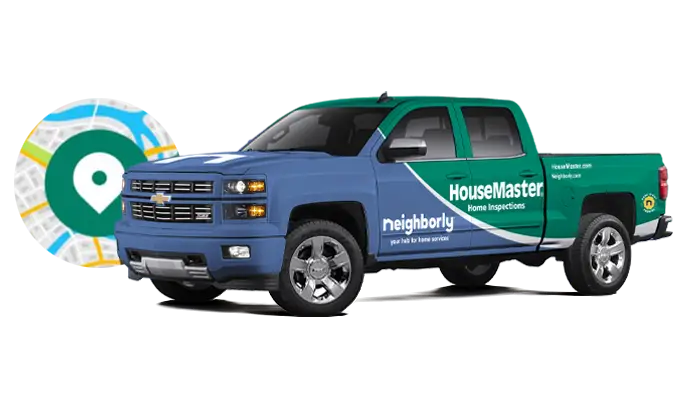.webp)
Trying to make sense of all the information in your home inspector’s report after his/her examination of your new potential home can be hard. There have been volumes written on how to interpret home Inspection reports. To that, I add this little knowledge bomb. How bad is it that the outlets are two-pronged rather than three? I think most people recognize that the standard in homes today is the three-prong.
Outlet basics
Let’s start with what each of the holes in an outlet does. A normal 120-volt outlet in the US has two vertical slots and a round hole centered below them. The slot on the left is slightly larger than the right. The left slot is called the “neutral,” the right slot is called the “hot” and the hole below is called the “ground.” On a typical device the prongs on a plug fit into these slots in the outlet.
Electricity in your home flows in a circuit from the “hot” to the “neutral.” The circuit is completed when you pug a device in and electricity flows from the hot through the device and back out through the neutral. This is the basic flow of every electrical outlet. Electricity is flowing through a filament to create light or a motor to power a device.
The ground is a pathway that provides an alternate route for electrical current to follow back t the breaker box in case of a problem. Your breaker will sense a surge and shut down the flow of electricity to the circuit.
Ground Fault Circuit Interrupters
For more information on GFCI outlets, those with two little buttons on them, usually found in hour kitchen or bathroom, check out our article on safe outlets: https://housemaster.com/article/641-Safe-outlets-should-not-be-shocking. Remember anything outside or around water should be dealt with separately.
Scan your home, items that have a metal cover should have a three-pronged plug. Items like our computer may also have three-prongs if they have a metal-encased power supply inside, though the outer case is plastic. The idea behind the third plug is grounding. Grounding protects the people who use metal-encased appliances from electric shock. The metal casing is connected directly to the grounded prong.
Let’s say a wire comes loose inside your toaster (with metal case), and the loose wire touches the case. If the loose wire is hot, then the metal case is not hot, and anyone who touches it will get a shock. Not good for anyone. With a grounded outlet, the electricity from the hot wire will flow back to the ground and trip the breaker in your service box. Now the appliance won’t work, but you won’t be getting a shock!
Are two-prongs bad?
So, is it bad to buy a house that has two-prong plugs rather than three-prong? Having only two-prongs means you are missing a safety system that has been built into every modern home built today. However, according to the National Electrical Code, existing two-pronged receptacles are legally allowed to remain and can be replaced with another two-prong receptacle where a ground connection does not exist. Having your home inspected by a certified home inspector will ensure you that your electrical system has been inspected for safety. For more helpful information on your home electrical system see my article on the 13 Common Electrical Terms you Want to Know for Your Home Inspection.
Call HouseMaster to get your home inspected the right way, Guaranteed.
